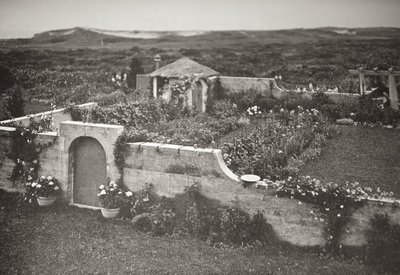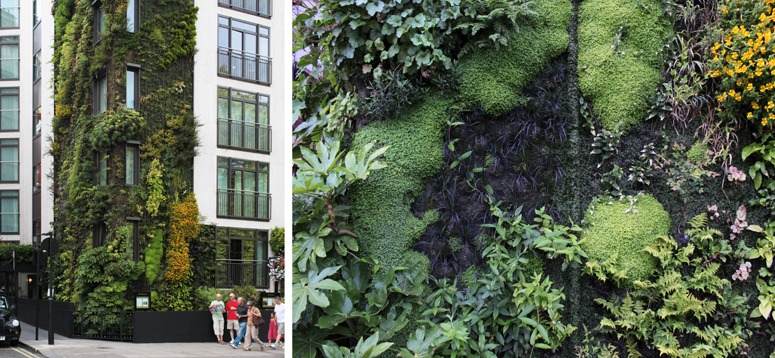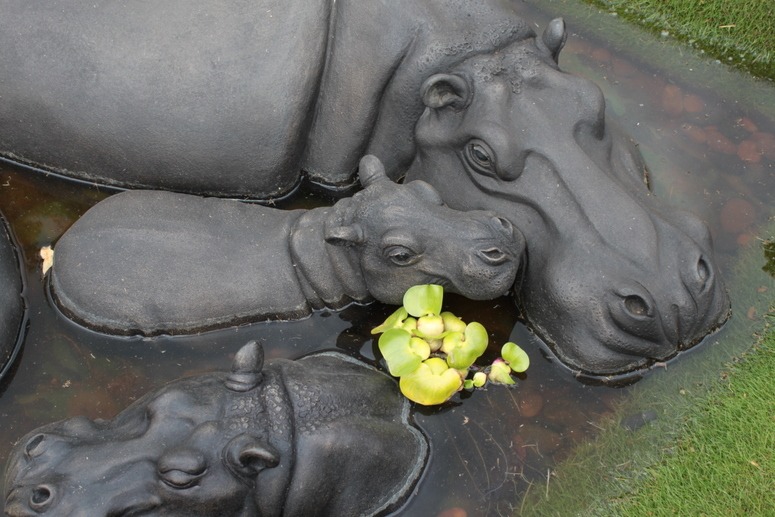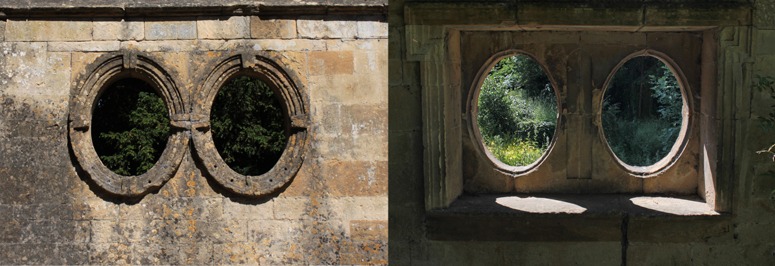Anna Gilman Hill’s ‘Grey Garden’ in the East Hamptons is the setting for a movie on the lives of mother and daughter Little and Big Eddie. Anna Hill has been described as “one of the world’s greatest feminine horticulturalists.”
Yet the women who acquired her garden were challenged by the legacy she left them.
The Grey Garden, and the women’s struggle to maintain a viable garden in a beachside setting, somehow parallel their lives as individuals.
http://www.whatweretheskieslike.com/2009/03/grey-gardens-from-garden-perspective.html






